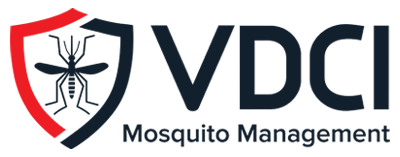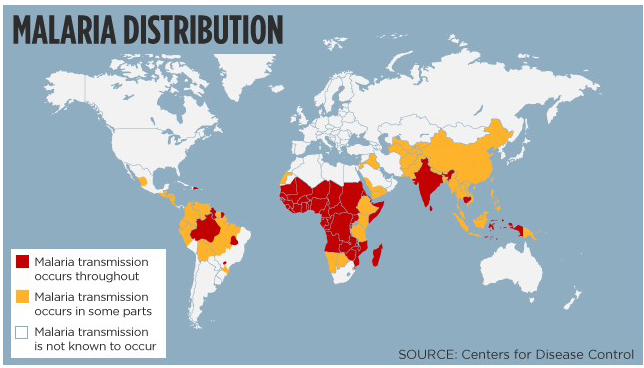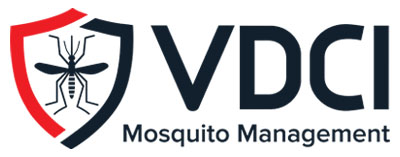
What is Malaria and How Does it Spread?
Malaria is a disease caused by a Plasmodium parasite. It is believed that malaria, or a disease resembling malaria, was recorded in ancient Chinese writings as early as 2700BCE. Outbreaks have been recorded worldwide throughout history and the disease has been responsible for the decline of many populations. Charles Louis Alphonse Laveran was credited with the official discovery of the malaria parasite in 1880. 17 years later, Ronald Ross proved that malaria could be transmitted to humans by infected mosquitoes. The vector-borne disease is widespread in poor tropical and subtropical areas. In 2015 there were an estimated 214 million cases of malaria worldwide, resulting in an estimated 438,000 deaths according to World Health Organization statistics. Although historically more prevalent, today in the United States an average of 1,500 travel-related cases of malaria are reported annually. These cases are from recent travelers or immigrants coming from countries where the disease is widespread.
Malaria is most commonly transmitted to humans through the bite of certain infected Anopheles mosquitoes. Mosquitoes in this genus usually feed from dusk throughout the night. Although rare, it is possible for infected mothers to transmit the parasite to their baby during pregnancy. It is also possible to contract malaria through blood transfusion or the shared use of contaminated needles. Malaria cannot be sexually transmitted or spread from person to person through casual contact
| Symptoms of Malaria |
- Flu-like symptoms typically develop about two weeks after being bitten by an infected mosquito and include fever, chills, sweating, and fatigue.
- A common symptom of malaria is paroxysmal attacks, which involve recurring sudden coldness and shivering followed by fever and sweating every two to three days.
- Other common symptoms are vomiting, diarrhea, headache, and mental confusion.
- In severe cases, malaria can cause yellow skin, seizures, coma or even death.
- Severity often depends on the species of parasite.
| Treatment of Malaria |
- There are a variety of antimalarial drugs. Treatment often depends on the species of malaria parasite, the part of the world where it was acquired, and the severity of the disease.
- Oral or intravenous medications may be used, depending on severity.
- Severe cases of malaria will require hospitalization for supportive treatment and care to manage high fever, seizures, and respiratory complications.
Traveling to Countries Where Malaria is Present
It is important to take appropriate prevention measures when traveling to known malaria-endemic regions of the world. Depending on the destination, malaria prevention medicines may be needed and travelers should discuss options with their healthcare provider. Other prevention measures include the use of repellents and insecticide-treated bed nets while staying in countries with known malaria risk.
Malaria and the United States
Through economic development and public health measures, the United States has succeeded in eliminating malaria. While malaria was officially considered to be eliminated from the U.S. in the 1950s, approximately 1,500 travel-related cases are still reported every year. This is primarily attributed to individuals becoming infected while traveling and then returning to the U.S. When this happens, rapid diagnosis and treatment are extremely important in preventing outbreaks. And since the vector mosquito species Anopheles is still present in many parts of the county, ongoing surveillance is vital to helping us accurately track the distribution of these mosquitoes and to identify at-risk areas for potential disease transmission.
A Global View of Malaria
Approximately half of the world’s population lives in areas that are at risk of malaria transmission. Malaria is most prevalent in developing nations within tropical and subtropical regions of the world. Africa is the most affected area, with the most vulnerable persons being young children and pregnant women. And because of the high cost of intervention, malaria is a leading cause of death in many of these poor countries. Global efforts are under way to help control malaria and reduce the number of malaria-related cases and deaths. Control measures include the diagnosis and treatment of patients as well as prevention interventions such as insecticide-treated nets, indoor residual spraying, and larval and adult vector control. These efforts have led to a 45% decrease in malaria mortality over the past decade.
Know Your Anopheles Mosquitoes
The Anopheles genus of mosquito is mainly responsible for the transmission of malaria in humans. There are about 430 known species of Anopheles that can be found worldwide (except Antarctica). Of these species, around 35 are known vectors of malaria. Adult Anopheles can be identified by their unique resting position where their abdomen is raised in the air. The Anopheles gambiae complex, which comprises at least seven morphologically indistinguishable species, is the primary vector of malaria throughout tropical Africa. None of these species occur in the United States; however historical vector species that are still prevalent in the U.S. include Anopheles quadrimaculatus, An. freeborni, and An. pseudopunctipennis.
Controlling Anopheles Mosquitoes and Malaria
An Integrated Mosquito Management (IMM) program is essential to helping prevent mosquito bites and transmission of serious vector diseases in the United States. As part of an effective IMM program, VDCI recommends a 4-pronged approach to target all phases of the mosquito’s life cycle.
1: Public Education
Mosquito control professionals can only do so much, and this is why we rely on a well-educated public in order to have a successful mosquito control program. Educating the public empowers people to take control of the mosquitoes breeding in their back yard and gives them the tools needed to reduce mosquito annoyance.
2: Surveillance
Surveillance allows us to detect mosquito species in a given area as well as any changes in populations. With this valuable data, we are able to more effectively time larvicide applications and more accurately target adulticide activities.
3: Larval Mosquito Control
Our trained field technicians inspect both known sources of standing water and any newly discovered sites for the presence of mosquito larvae. Eliminating mosquitoes prior to their becoming adults is an important element of controlling malaria and other mosquito-borne diseases because it stops mosquitoes before they acquire the virus and have the opportunity to transmit it to people.
4: Adult Mosquito Control
When necessary, adulticide applications are conducted with EPA-approved pesticides that are used in the safest and most environmentally sound way possible. Additionally, VDCI regularly tests adult mosquitoes and takes all appropriate measures to prevent them from developing resistance; thereby, minimizing the number of applications needed to control the population.
VDCI is a company built on the foundations of public health, ethics, professionalism, and technical expertise. We establish vector management programs that are based on an understanding of the underlying vector’s ecology and rooted in the current science of environmentally sound control measures.
[backlink]



